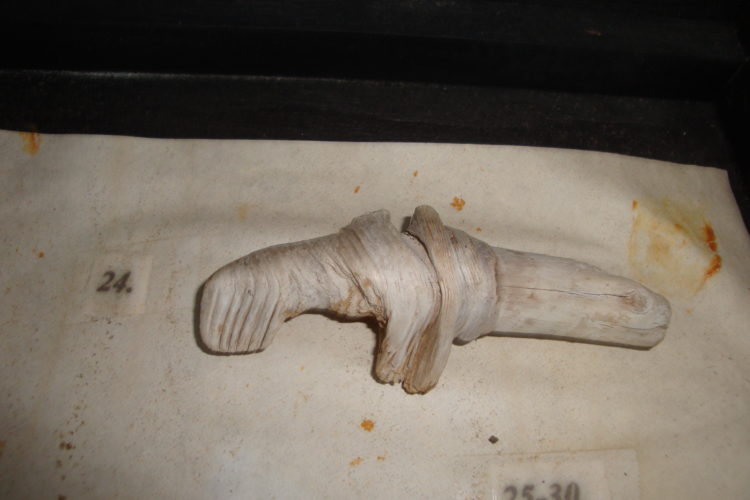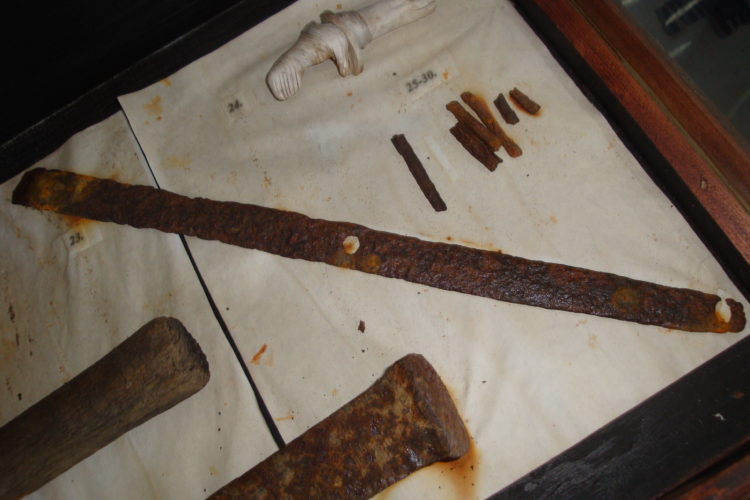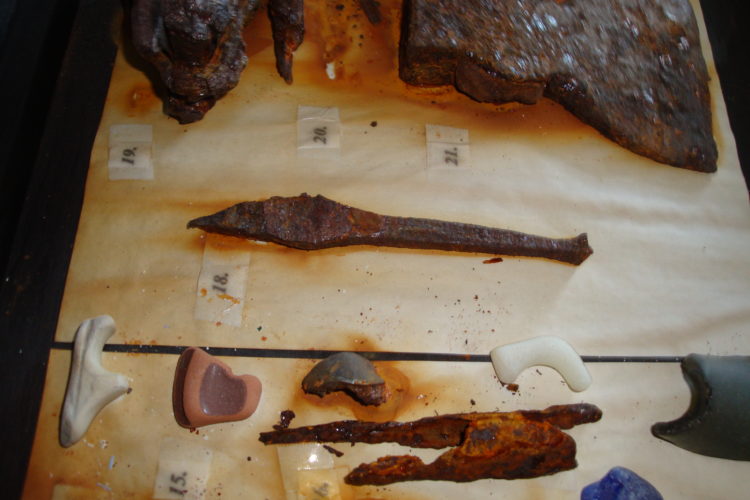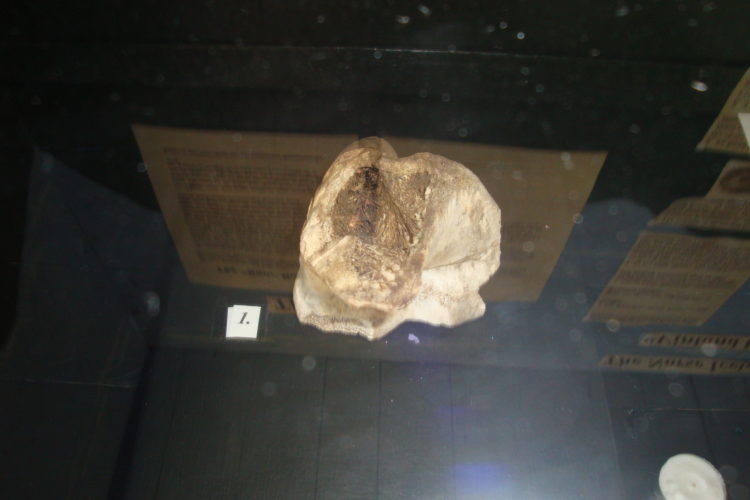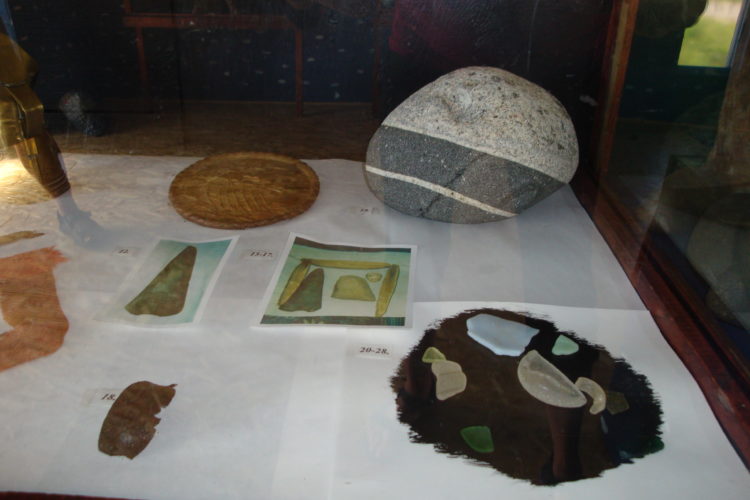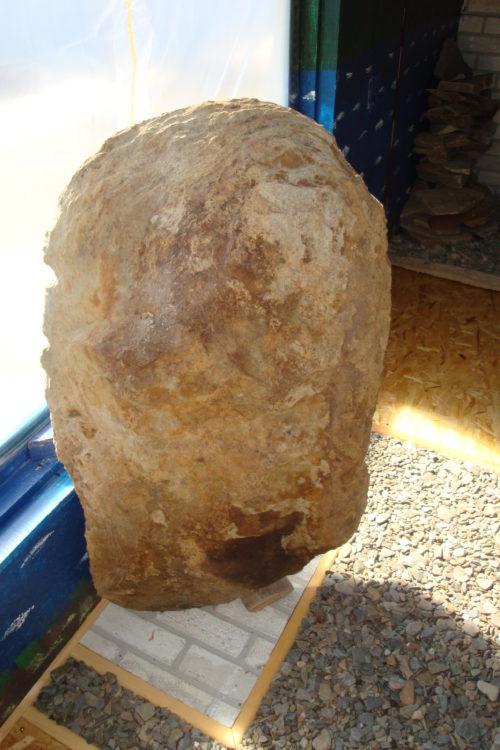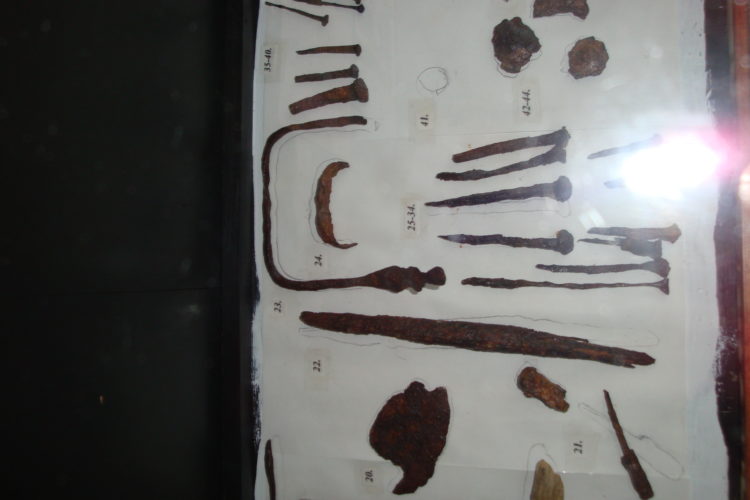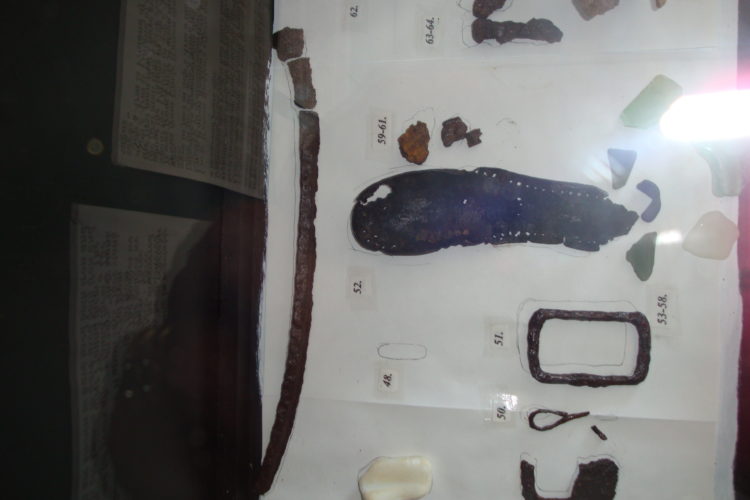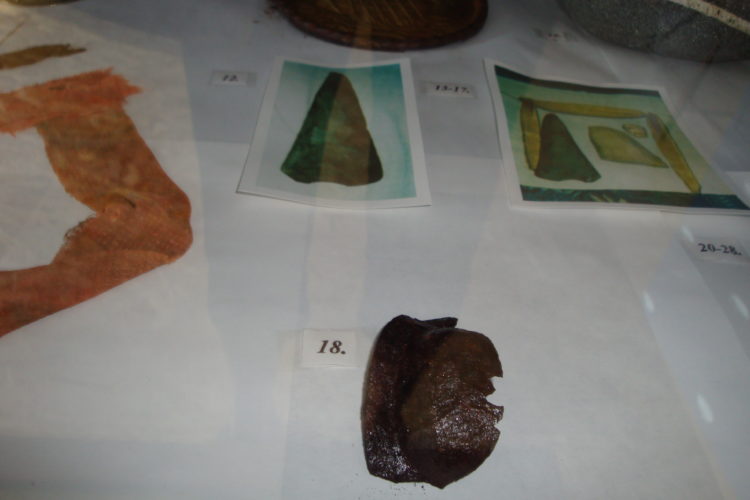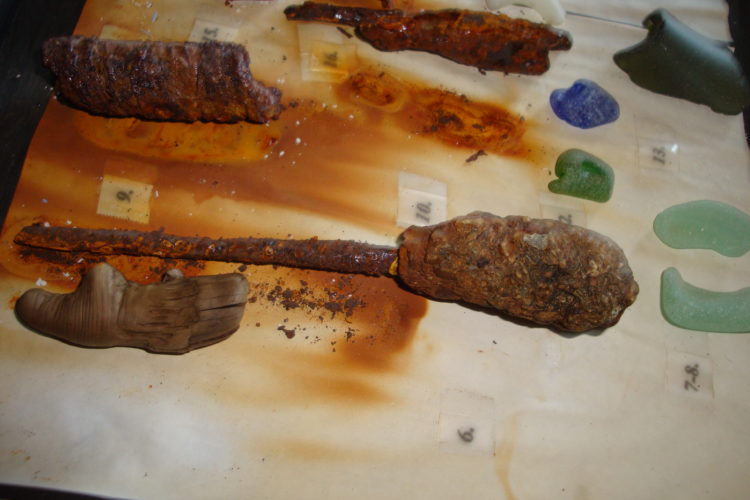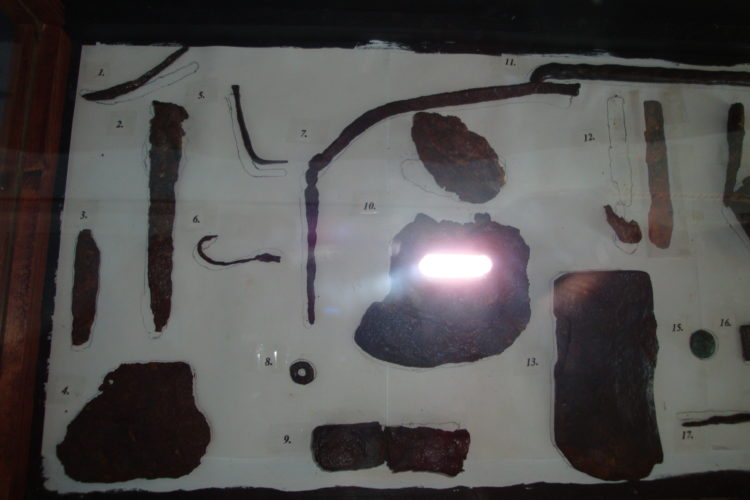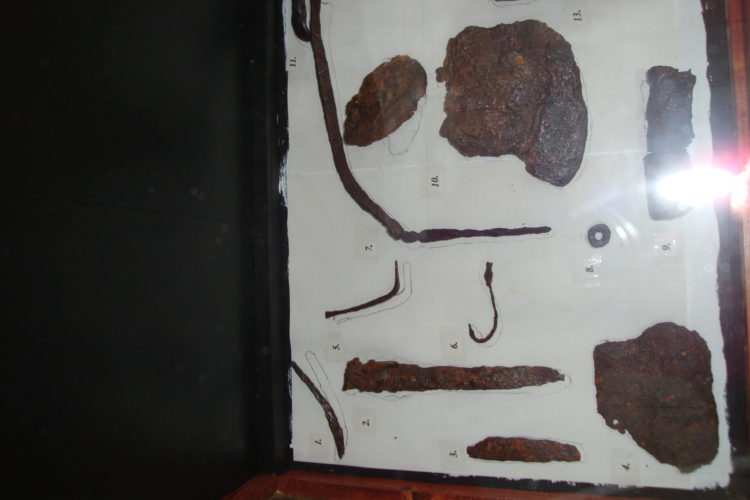Our Work
The state of things as we know it.
Norse Sagas
The Norse Sagas tell of voyages made to a new world called Vinland. Although only four visits are recorded, there remains the possibility that others followed, seeking the rich resources available from this new land. Prior to these Sagas there is a record that a number of ships were lost in a voyage from Iceland to Greenland. Could some of these been tossed in a storm and caught in currents and fog banks, eventually being shipwrecked on the shores of Newfoundland? Post Sagas tell of other voyages, including bishops commissioned to travel to Vinland to bring the Christian faith to the Natives there. These men were recorded as travelling to Vinland, but were never heard from again.
1930s
Watson Budden, a local fisherman in Sop’s Arm, discovered curious mounds in his potato garden. He dug up stone tools there and reported his finds to the government. He later found strange holes in the ground set about 7-10 metres apart which he suspected were used by ancient people for hunting caribou. He reported these as well and had them recognized as an official historical site.
1940s
In the 1940’s an American engineer, Arlington Mallery visited Sop’s Arm. He met with Watson and explored the area.
His team discovered iron axe heads and knives which were analyzed and determined to be of Norse origin. Mallery also discovered what he believed to be foundations of long houses in the area.
1960s
Helge Ingstad, husband of famed archeologist Anne Stein-Ingstad, visited Watson in Sop’s Arm. He examined the pitfalls and noted a similar method was once used in Norway to hunt reindeer by the Norse. Ingstad also believed that Sop’s Arm was a favorable area to explore for possible Norse settlement. Having found some genuine evidence at L’Anse aux Meadows, and with funds being depleted they decided to conduct the dig there instead of Sop’s Arm.
2000
While operating a B & B in St. Anthony near the L’Anse aux Meadow (LAM) historic site of the Norse landfall in North America, Kent Budden remembered stories told to him by his Uncle Watson. Kent matched the geographic descriptions of the Norse Sagas to his hometown at the bottom of White Bay, approximately 300 miles south of the LAM site.
2002
Kent discovered what he believed to be a Rune stone in the Sop's Arm area. Fearing someone might take it and use it for some other purpose he removed it from the site and it became the focal point of his future museum. Inspired by this find he began searching local beaches for any iron objects. He found what appears to be a boat builders kit, some axes, nails, a shield boss, and other items. Jonas Kristjánsson believed there to be a twin axe in Iceland.
2008
Kent’s efforts to have his discoveries verified by government officials ended in failure, but he persisted in his goal to tell the world about his discoveries through his museum. He passed away in 2008, with his dream just getting started.
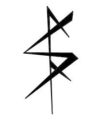 Vikings in Sop's Arm
Vikings in Sop's Arm